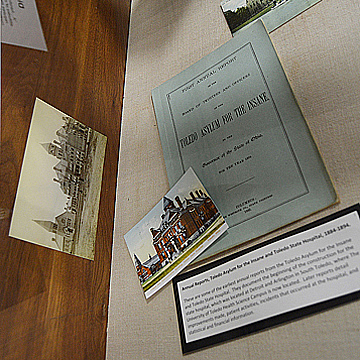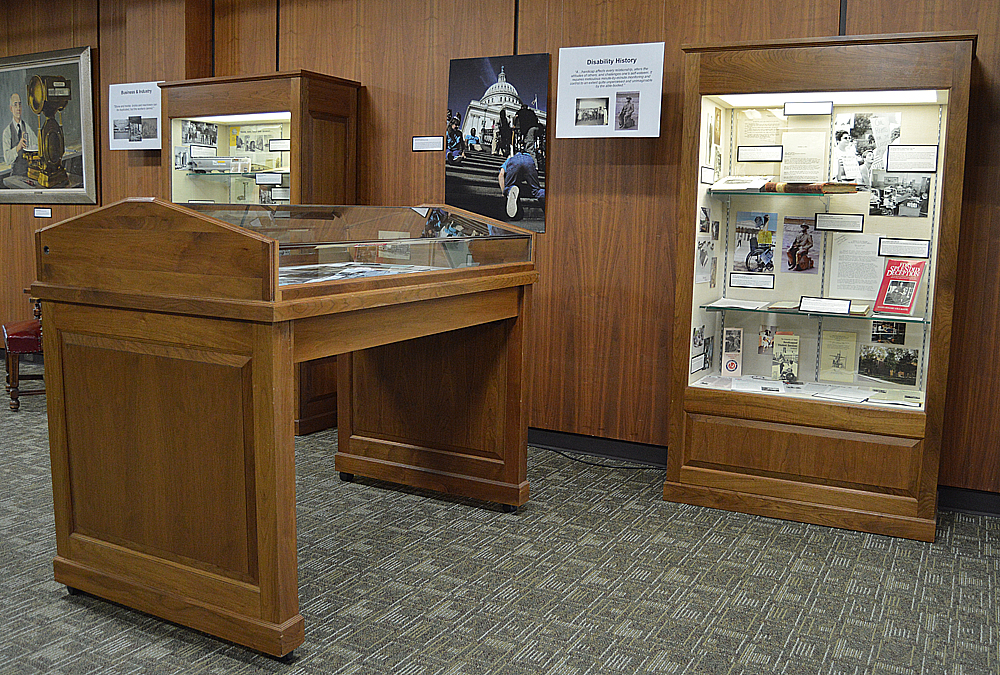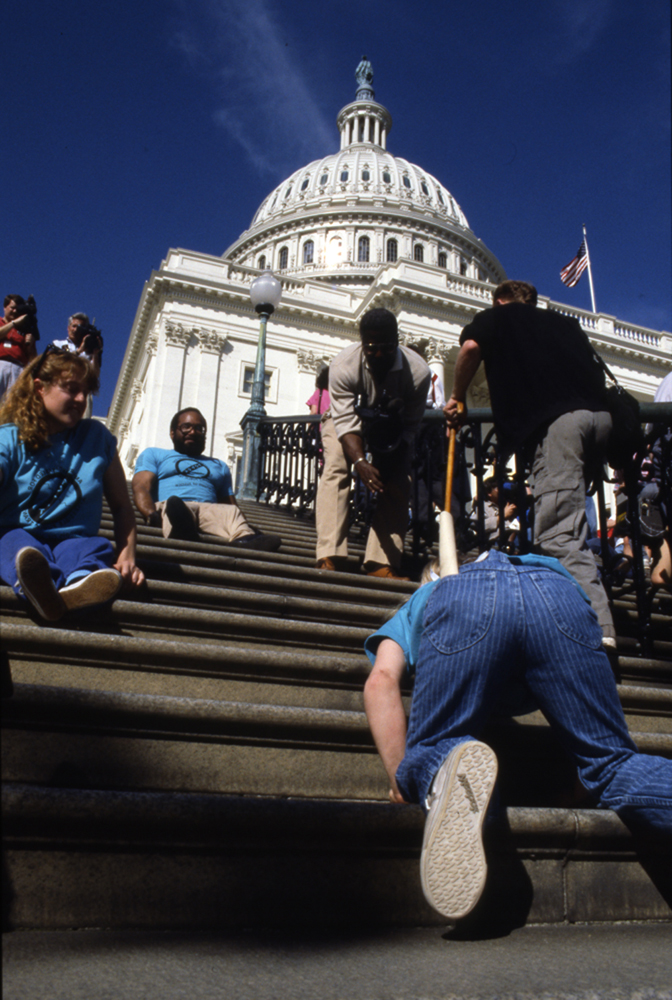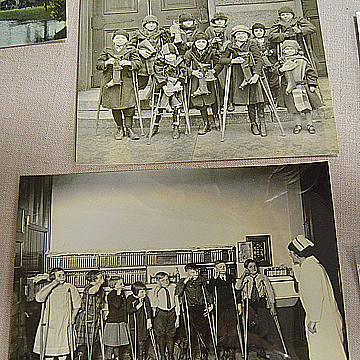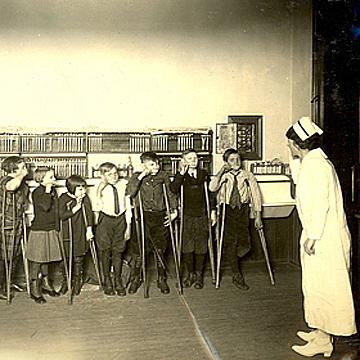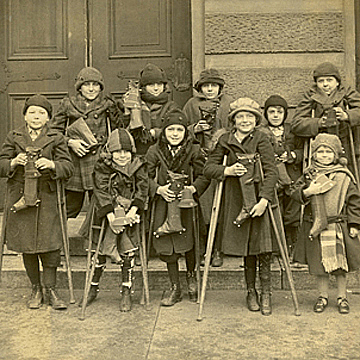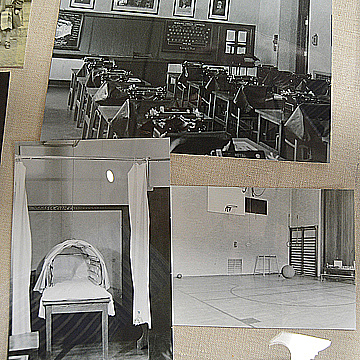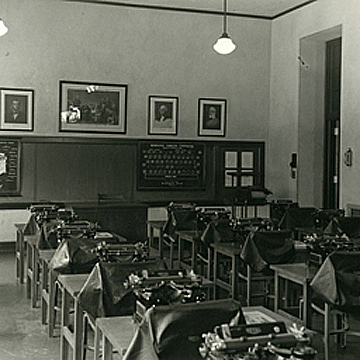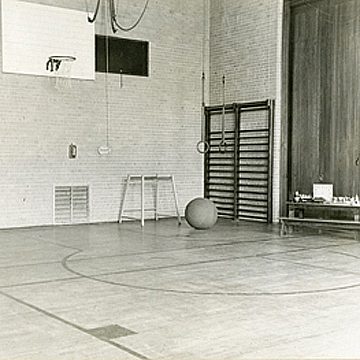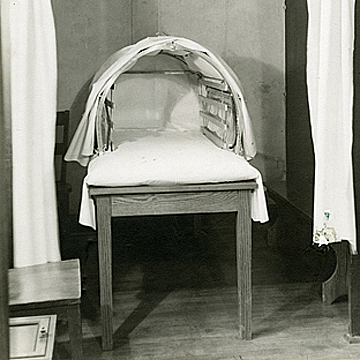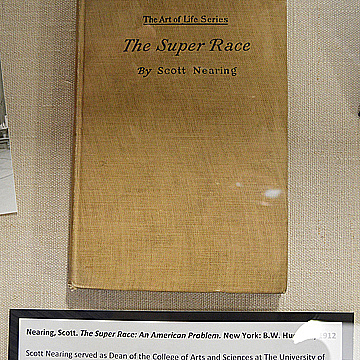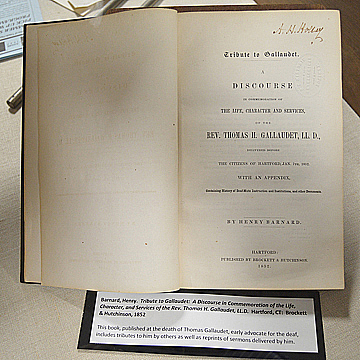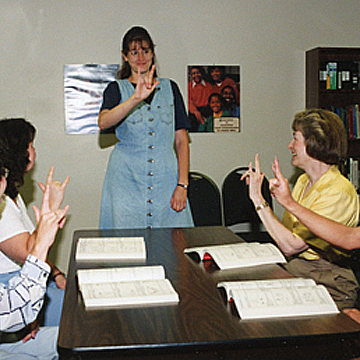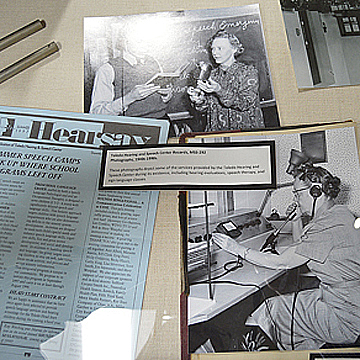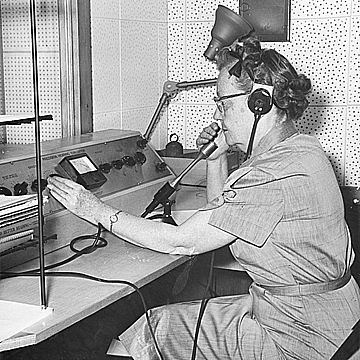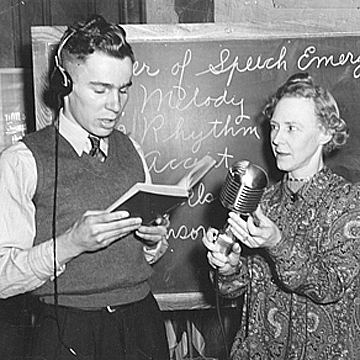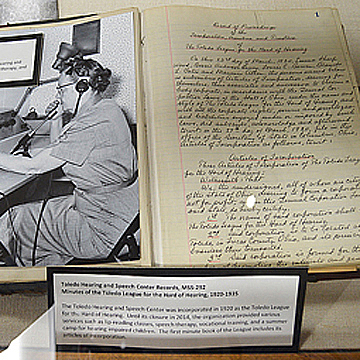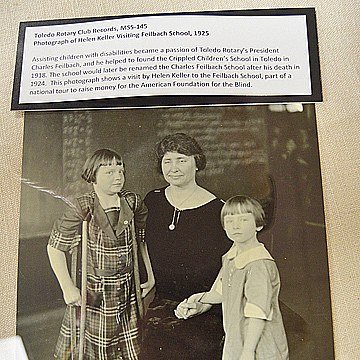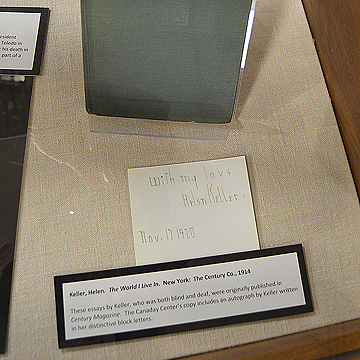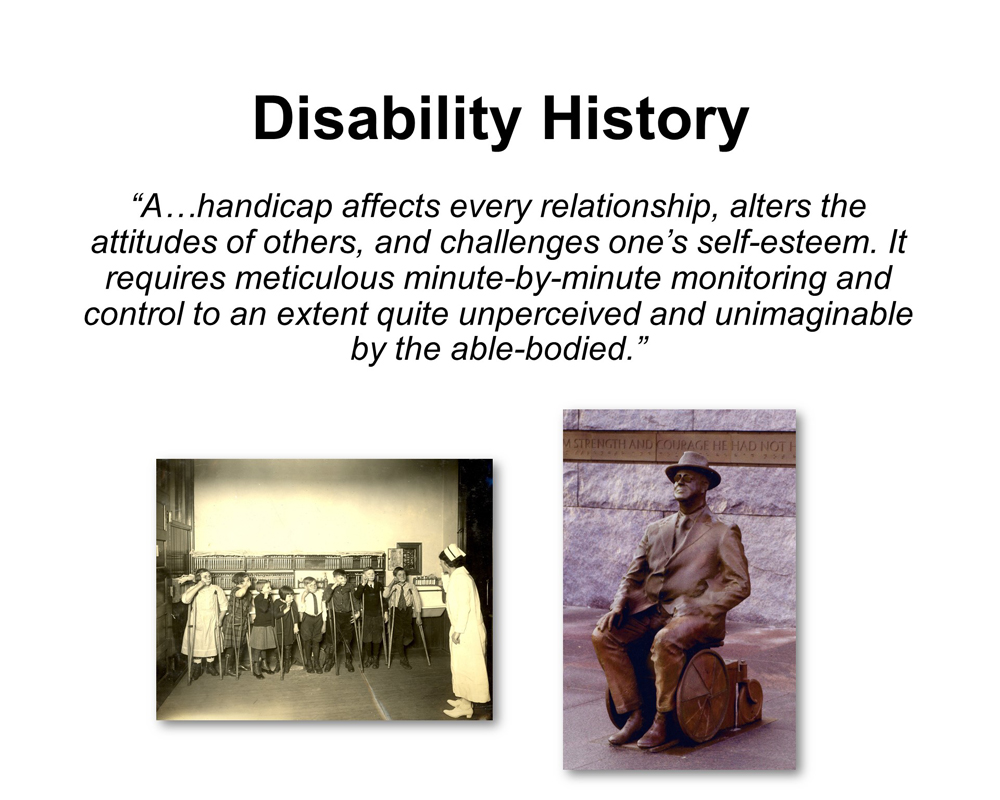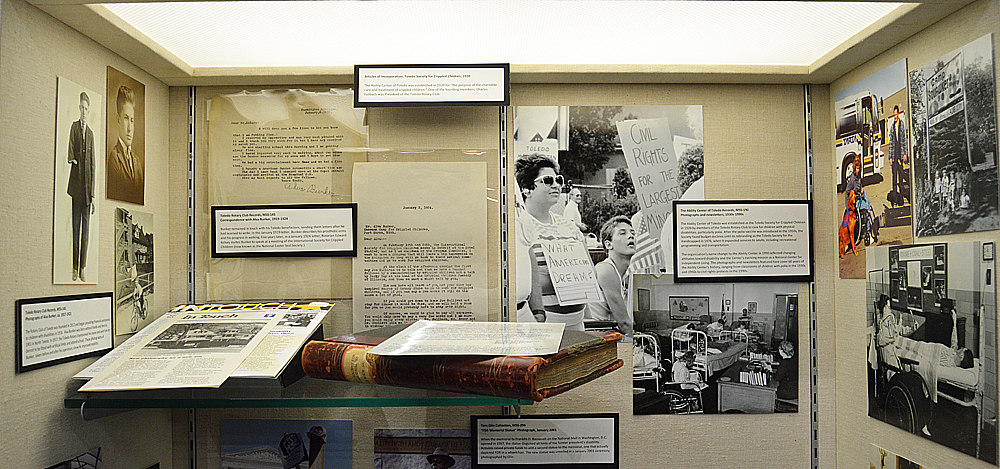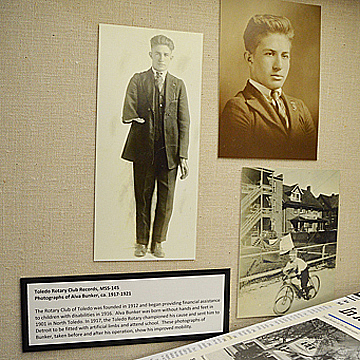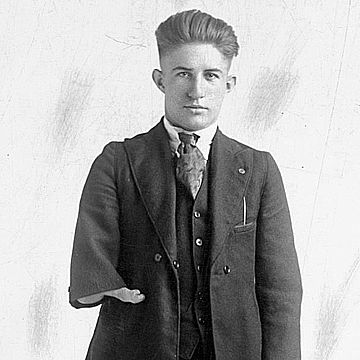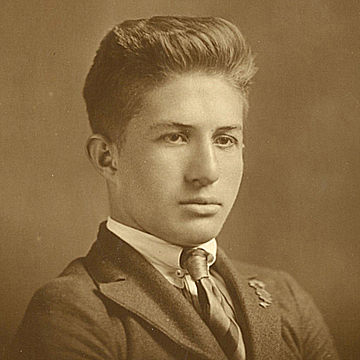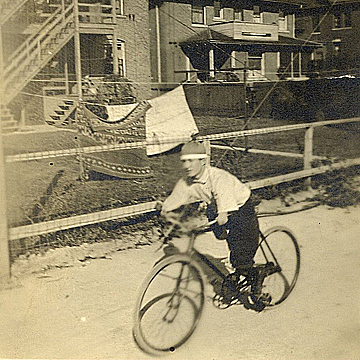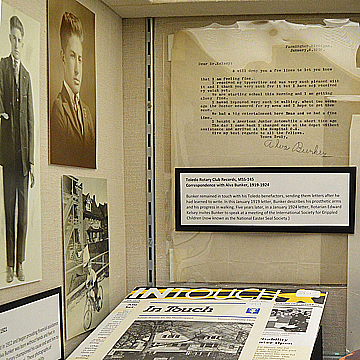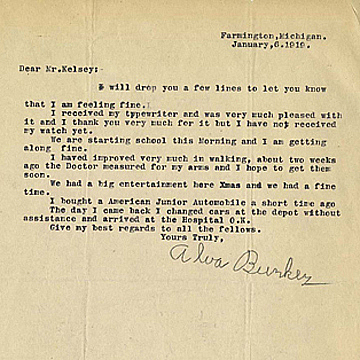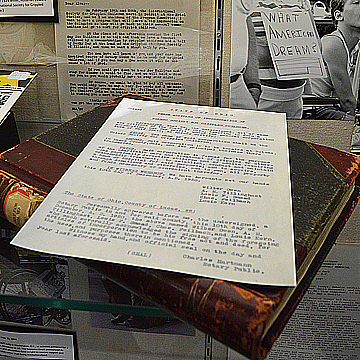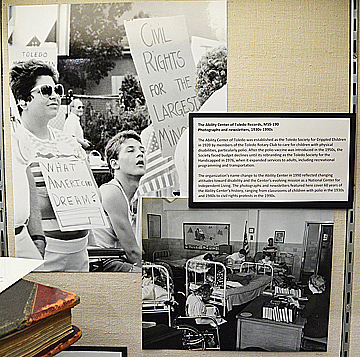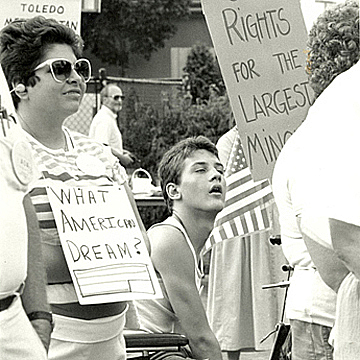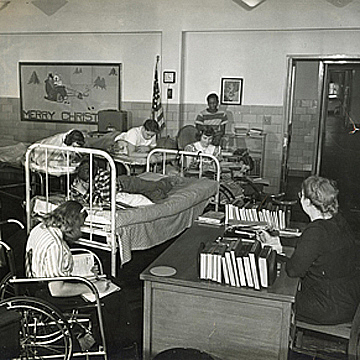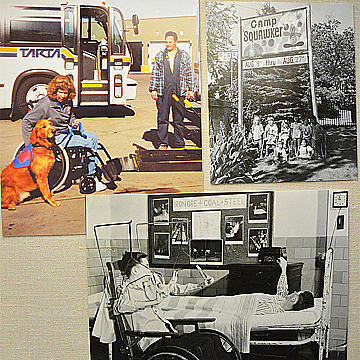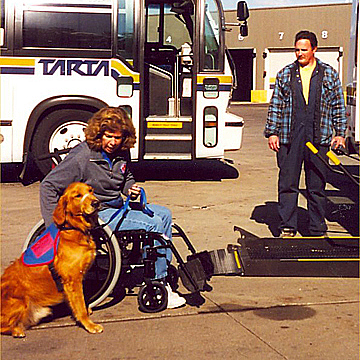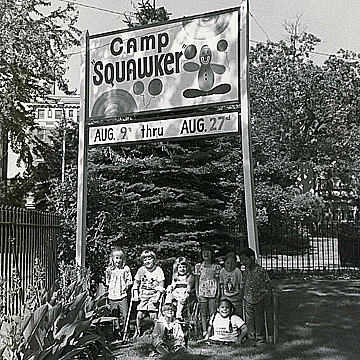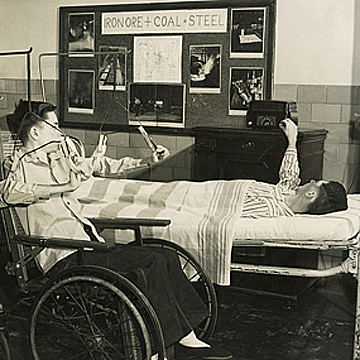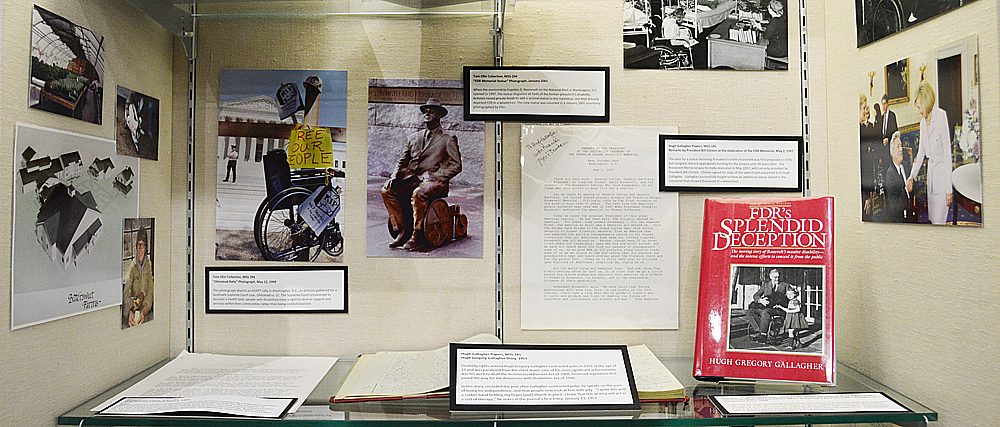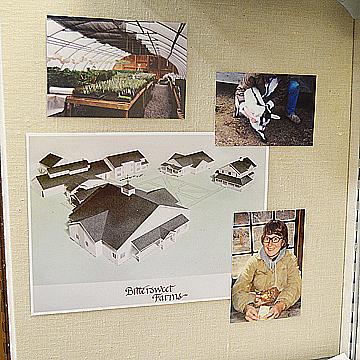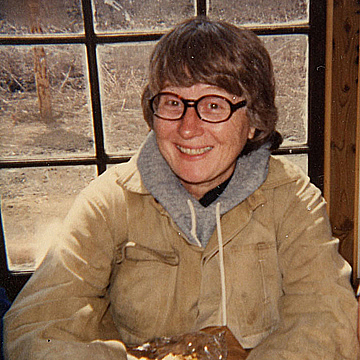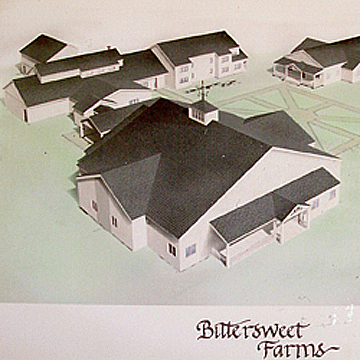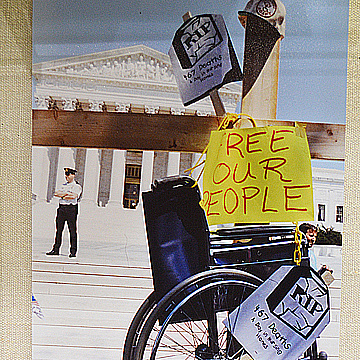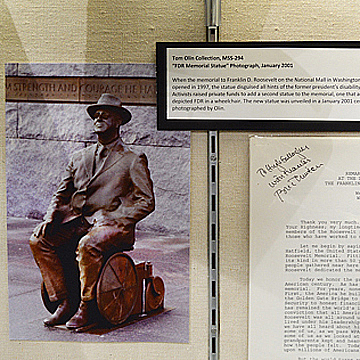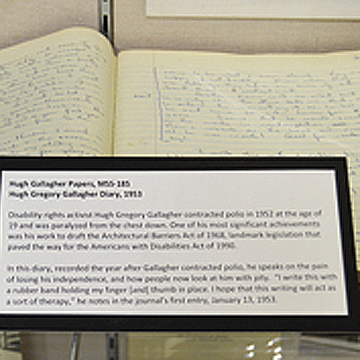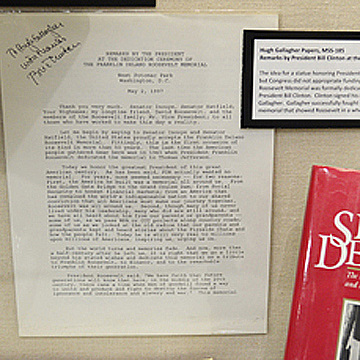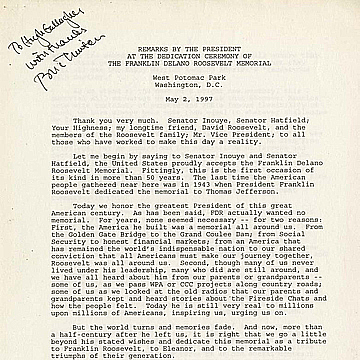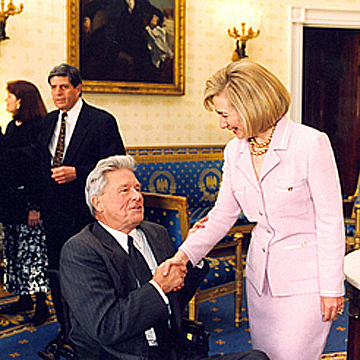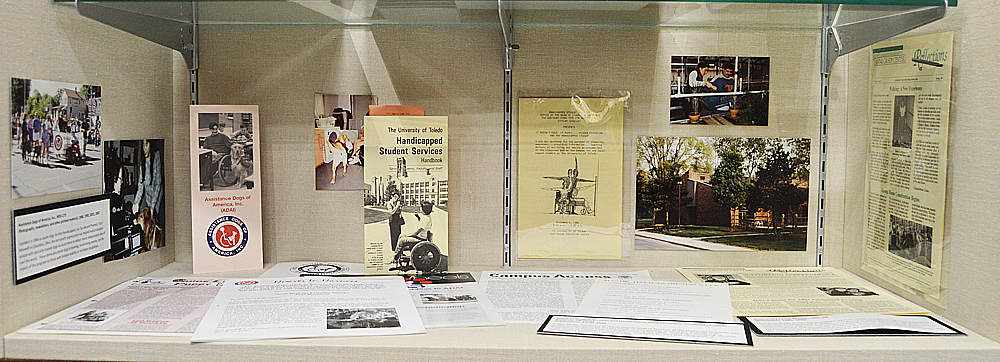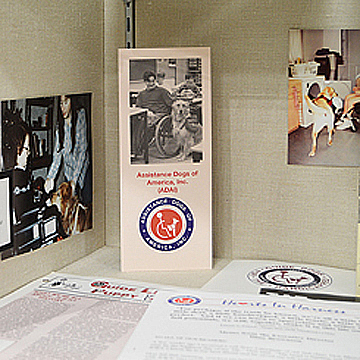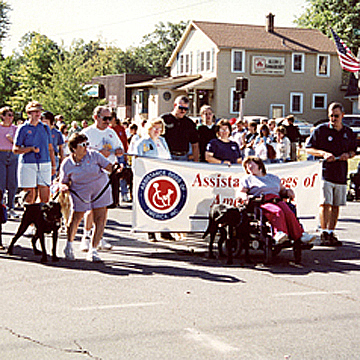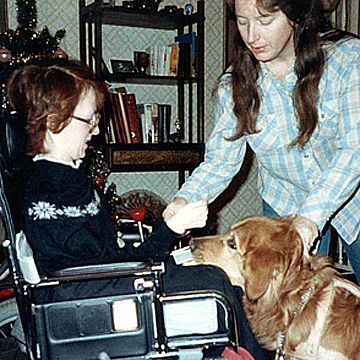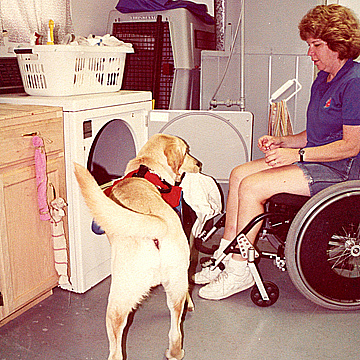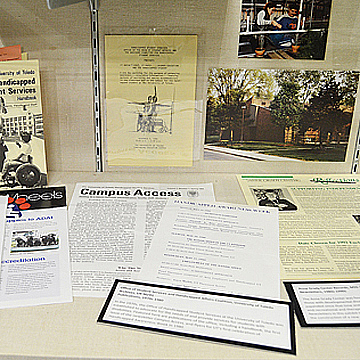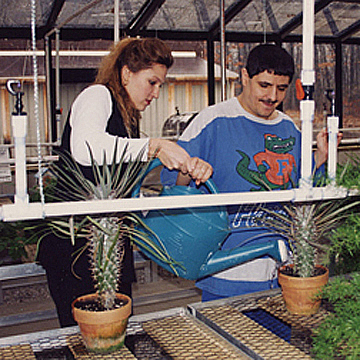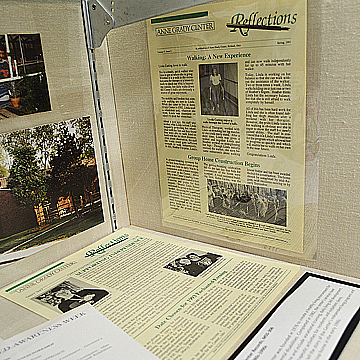Home > Disability History
Disability History Collections
In 2001, the Ability Center of Toledo donated $1.9 million to The University of Toledo to create a Disability Studies Program. The purpose of this academic program is to look at disability as a cultural category of analysis from a humanities-based perspective rather than medical-scientific one. As part of that initiative, the Ward M. Canaday Center, working with the Disability Studies Program and the UT Department of History, sought to collect historical records as a research collection that could be used by students and faculty in the program. After establishing the effort, the Center discovered that only a handful of archival repositories in the nation have disability history as a focus of their collecting efforts.
The Center had great success collecting records from local organizations that have served the disability community. Working with the Ability Center of Toledo, the Center sponsored a conference in 2003 where these groups were invited to come and talk about their histories. From this initial effort, the Center acquired records documenting the Toledo State Hospital, the Sight Center of Toledo, the Feilbach School for Crippled Children, Bittersweet Farms, Assistance Dogs of America, the Toledo Hearing and Speech Center, the Autism Society of Northwest Ohio, the Anne Grady Center, the Toledo chapter of the National Alliance for the Mentally Ill, and the Ability Center. In 2008, the Center brought aspects of these collections together in an exhibition titled “From Institutions to Independence: A History of People with Disabilities in Northwest Ohio.” The exhibit catalog was later expanded into an award-winning book of the same title published by the University of Toledo Press. When researching in these collections for the exhibit, we discovered that northwest Ohio led the nation in many respects in services provided to its citizens with disabilities.
After the success of the regional disability archive, the Canaday Center began to attract collections of national importance, and the focus shifted to documenting disability at large. These collections have included the personal papers of one of the founders of the disability rights movement, the late Hugh Gregory Gallagher. Others of national importance include the papers of Lee Lawrence and Shirley Sandage, the photographs of Tom Olin that document many of the pivotal moments of the disability rights movement, and the records of the Franklin Roosevelt Memorial Inscription Committee.
The records archivists choose to collect shape our historical knowledge in significant ways. Prior to the 1960s, the archival profession collected records that reflected history as the story of the privileged few. Beginning with the new social history of the 1960s, archivists branched out and collected records of under-represented groups such as labor, women, and minorities. These collections yielded a much richer and more inclusive history. But the disabled were largely ignored in this new look at our nation’s history. Why is it important to document the lives of persons with disabilities? Because for centuries, these individuals lived literally locked away behind closed doors—either at large institutions, or in their own homes because families were embarrassed by them. By including them in history, we take a step toward greater understanding of our collective experience.
Featured collections
